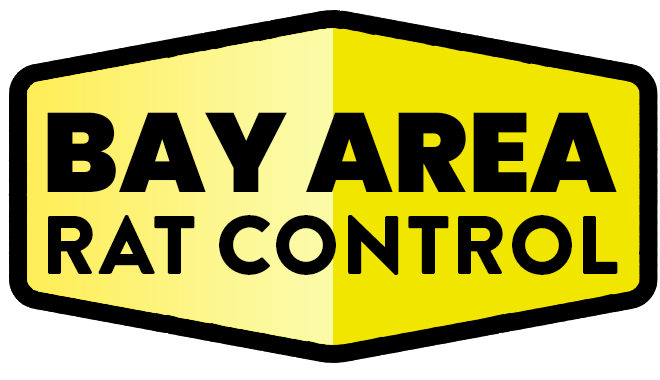Opening Thoughts
As a landlord, ensuring a pest-free property is not just a courtesy—it’s a legal responsibility. Rat infestations can pose serious health and safety risks, and mishandling them may lead to tenant disputes or legal consequences. This guide outlines the key aspects of rat control and tenant rights, providing landlords with actionable insights to manage infestations effectively while maintaining compliance with laws and lease agreements.
Legal Responsibilities of Landlords
1. Habitability Standards
- Definition:
- Most jurisdictions require landlords to provide tenants with a habitable living environment, which includes pest-free conditions.
- Implications:
- A rat infestation can render a property uninhabitable, exposing landlords to legal action.
2. Local Health and Safety Codes
- Requirements:
- Health codes often mandate regular pest control measures and proper maintenance to prevent infestations.
- Compliance:
- Landlords must stay informed about local regulations and ensure their property meets all standards.
3. Lease Agreement Obligations
- Pest Control Clauses:
- Many lease agreements specify whether pest control is the responsibility of the landlord or tenant.
- Common Practice:
- Landlords typically handle infestations unless the issue arises from tenant negligence.
Identifying and Addressing Infestations
1. Early Detection
- Signs of Rat Activity:
- Droppings, gnaw marks, and greasy trails near walls or food storage areas.
- Unusual noises, such as scratching or scurrying, especially at night.
- Routine Inspections:
- Conduct regular property checks to identify and address issues before they escalate.
2. Professional Assessment
- When to Call Experts:
- For severe infestations or when DIY methods prove ineffective.
- Benefits:
- Pest control professionals provide thorough inspections and tailored solutions.
Responsibilities of Tenants
1. Maintaining Cleanliness
- Tenant Duties:
- Dispose of trash properly, store food securely, and keep living spaces clean.
- Negligence:
- If a tenant’s actions directly cause an infestation, they may be held responsible for remediation costs.
2. Reporting Problems
- Timely Communication:
- Tenants must report signs of rat activity promptly to allow landlords to take action.
- Documentation:
- Encourage tenants to document evidence of infestations to facilitate a swift response.
Resolving Infestation Disputes
1. Communication and Collaboration
- Open Dialogue:
- Work with tenants to identify the cause of the infestation and agree on a solution.
- Shared Responsibilities:
- Landlords and tenants should collaborate on preventive measures, such as sealing entry points or improving sanitation.
2. Mediation
- When to Seek Help:
- If disputes arise, consider using a neutral third party, such as a mediator or tenant-landlord board, to resolve the issue amicably.
3. Legal Action
- Tenant Rights:
- Tenants may withhold rent, break the lease, or take legal action if a landlord fails to address an infestation.
- Landlord Protections:
- Landlords can counter disputes by proving regular maintenance and pest control efforts.
Preventing Future Infestations
1. Property Maintenance
- Sealing Entry Points:
- Inspect and repair gaps, cracks, and other vulnerabilities in walls, doors, and windows.
- Waste Management:
- Provide tenants with secure, rat-proof trash bins and ensure timely garbage removal.
2. Routine Pest Control
- Scheduled Inspections:
- Hire professional pest control services for regular check-ups and treatments.
- Preventive Measures:
- Implement Integrated Pest Management (IPM) strategies, which focus on exclusion, monitoring, and habitat modification.
3. Tenant Education
- Awareness Programs:
- Inform tenants about their role in maintaining a pest-free environment.
- Guidelines:
- Provide clear instructions on proper food storage, cleanliness, and reporting procedures.
Cost of Rat Control for Landlords
Factors Influencing Costs
- Infestation Severity:
- Larger or long-standing infestations require more resources.
- Property Size:
- Bigger properties demand more extensive inspections and treatments.
- Frequency:
- Routine pest control services can spread costs over time.
Typical Costs
- Professional Inspections: $100–$300.
- Exclusion and Repairs: $200–$1,000.
- Ongoing Pest Control Plans: $500–$2,000 annually.
Final Thoughts
Rat control is a shared responsibility between landlords and tenants, but the ultimate burden often falls on landlords to maintain a habitable property. By staying proactive with maintenance, pest control, and clear communication, landlords can prevent infestations, resolve disputes, and fulfill their legal obligations. A well-maintained, pest-free property benefits everyone, ensuring tenant satisfaction and protecting your investment.
Relevant Links/Sources:
Landlord Pest Control Responsibilities – HUD
Legal Rights of Tenants – Nolo
Pest Management for Rental Properties – PestWorld
